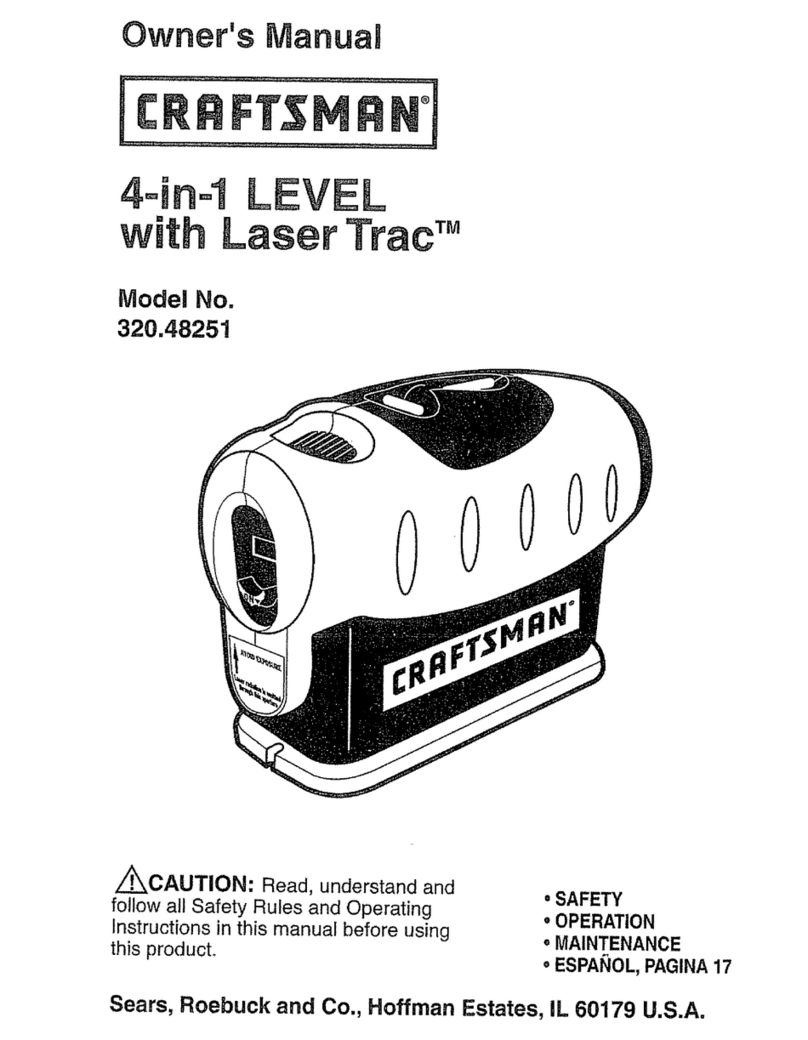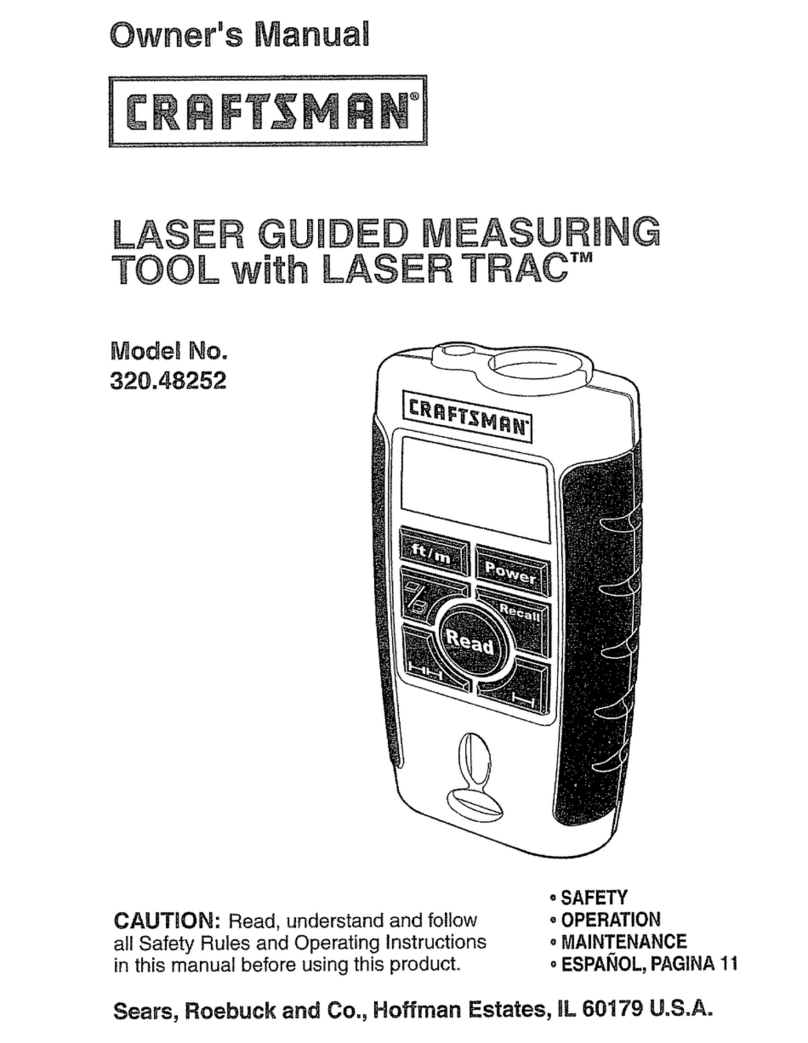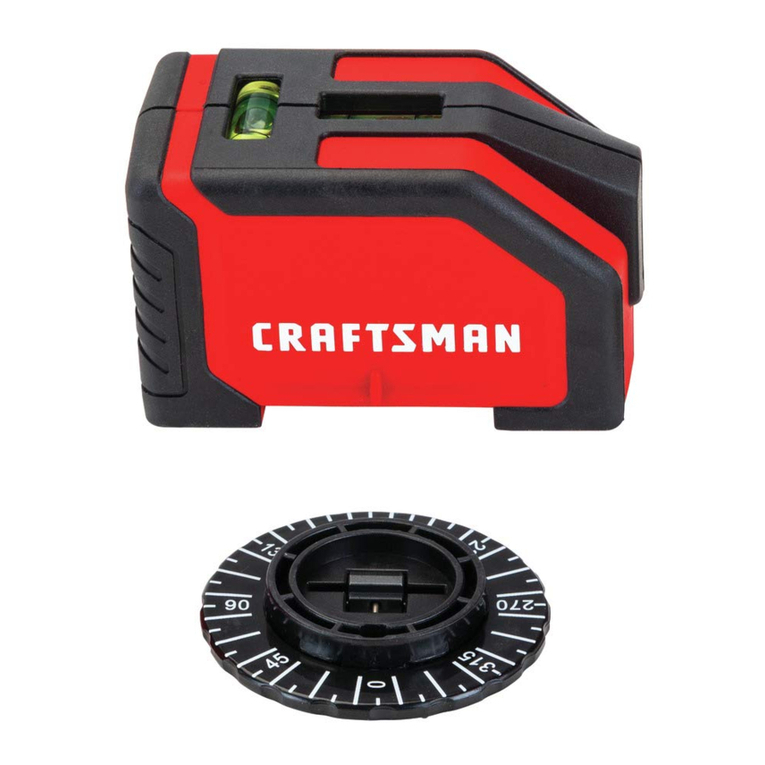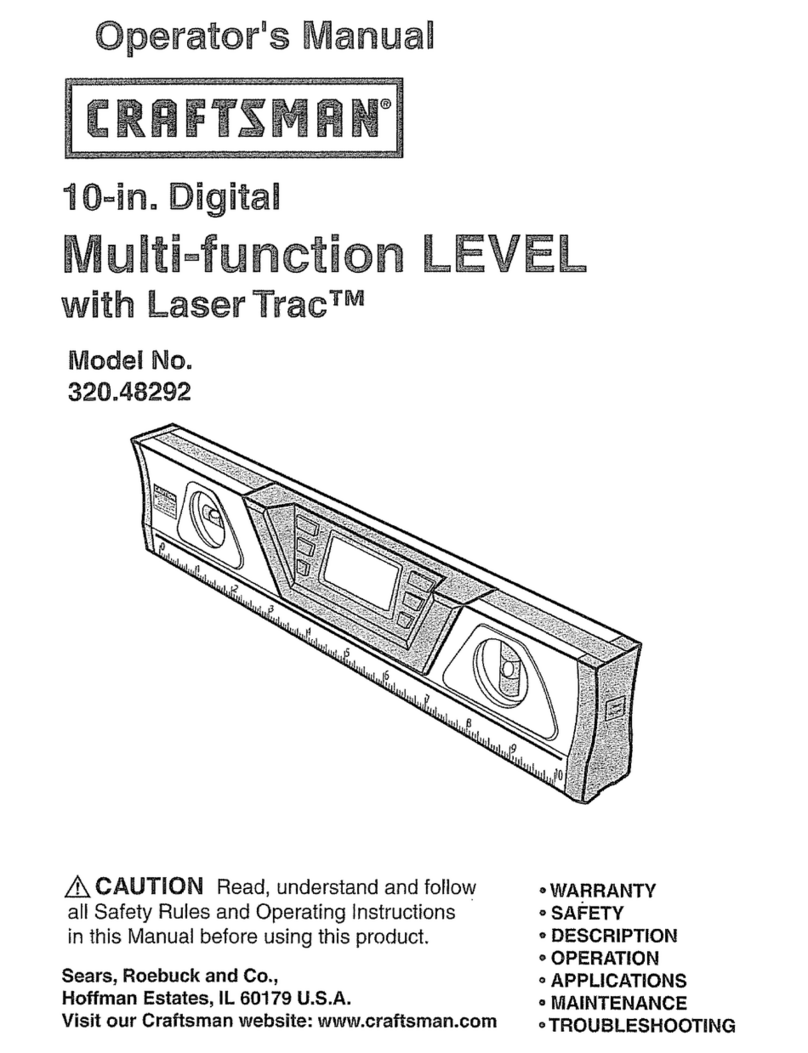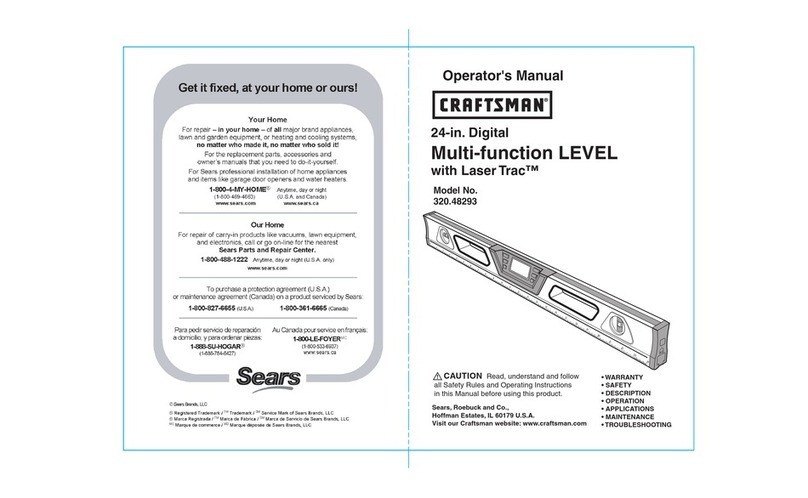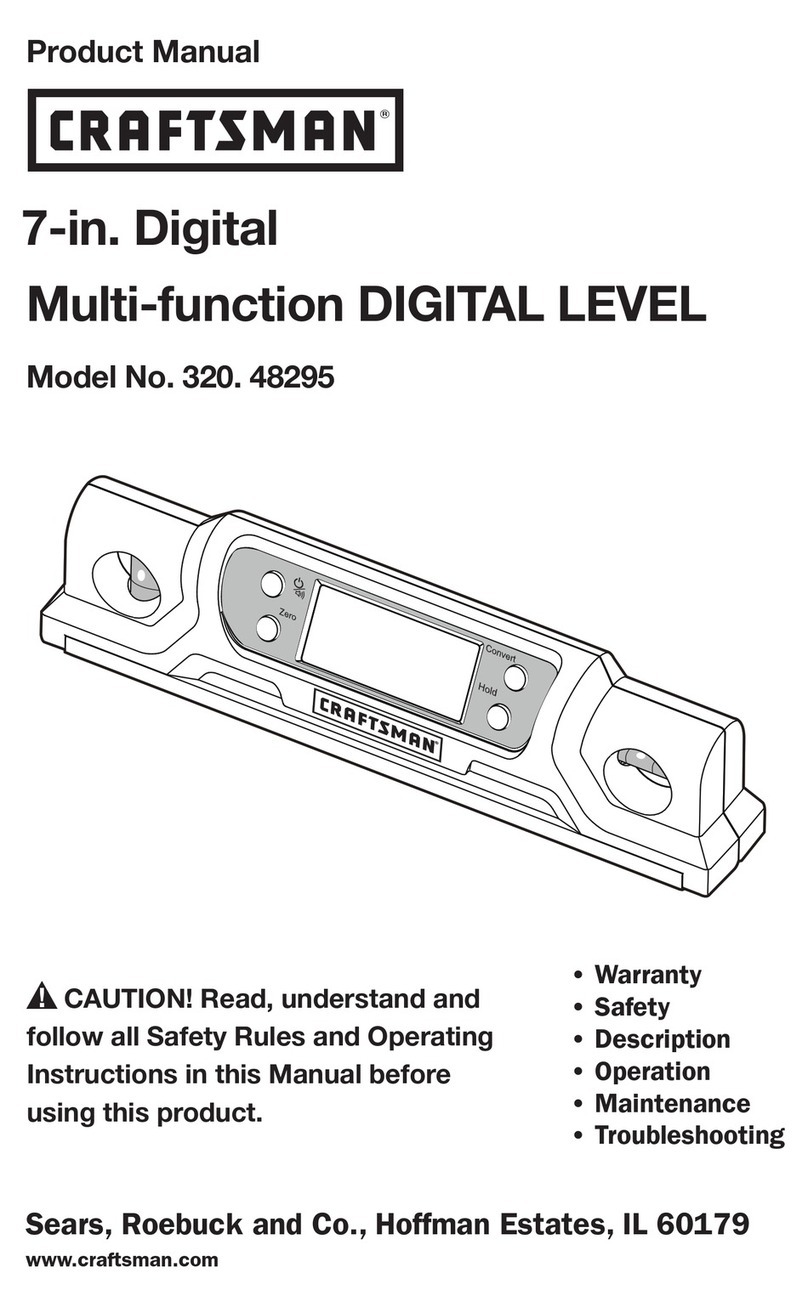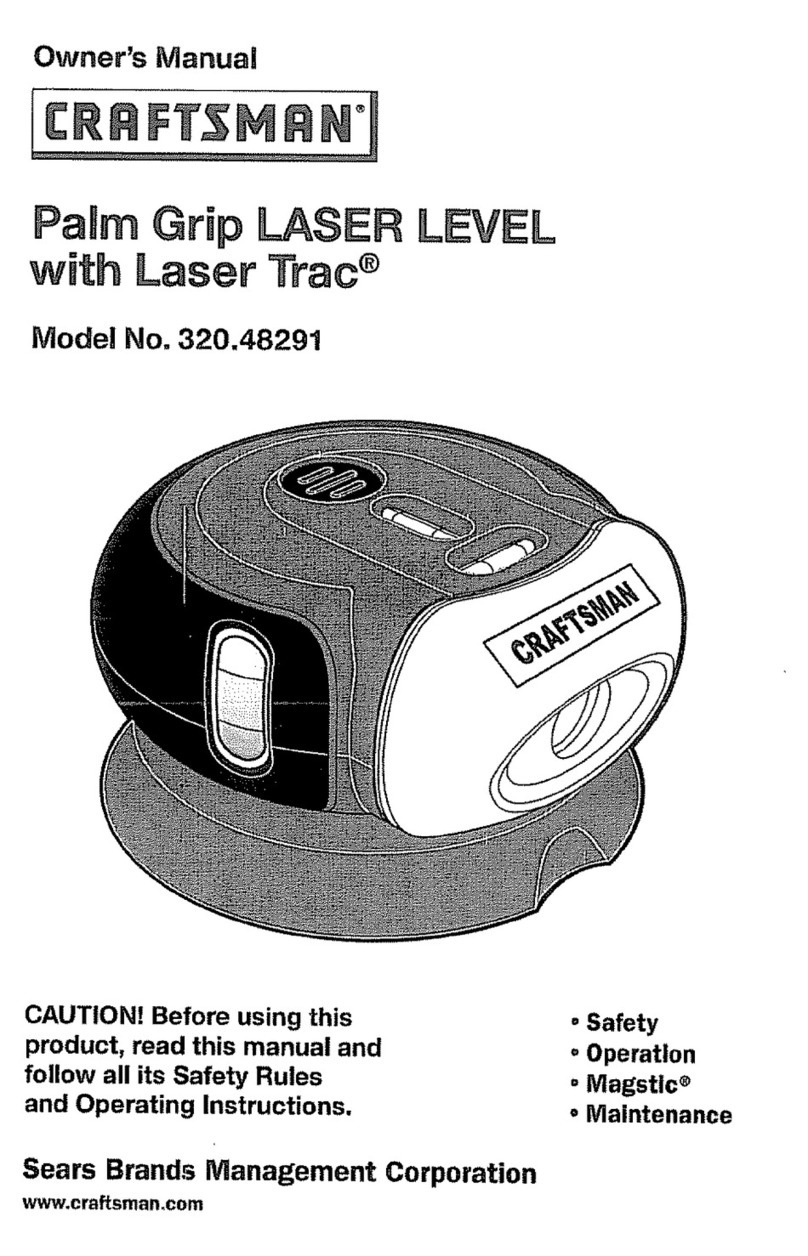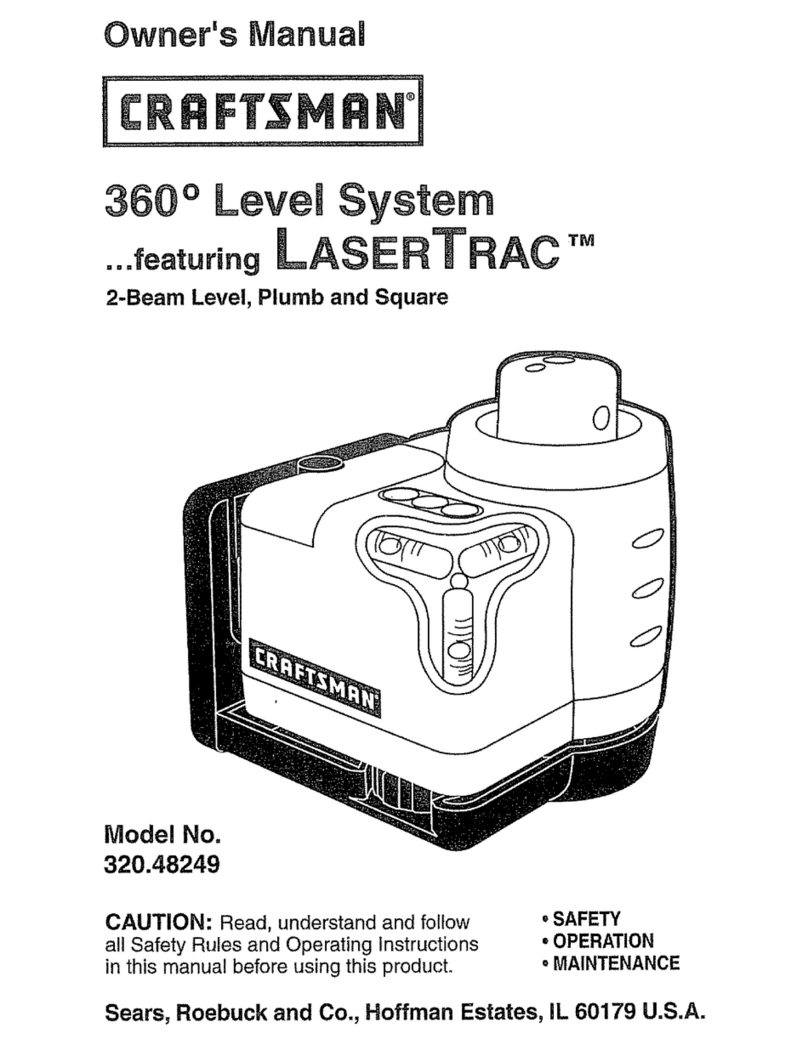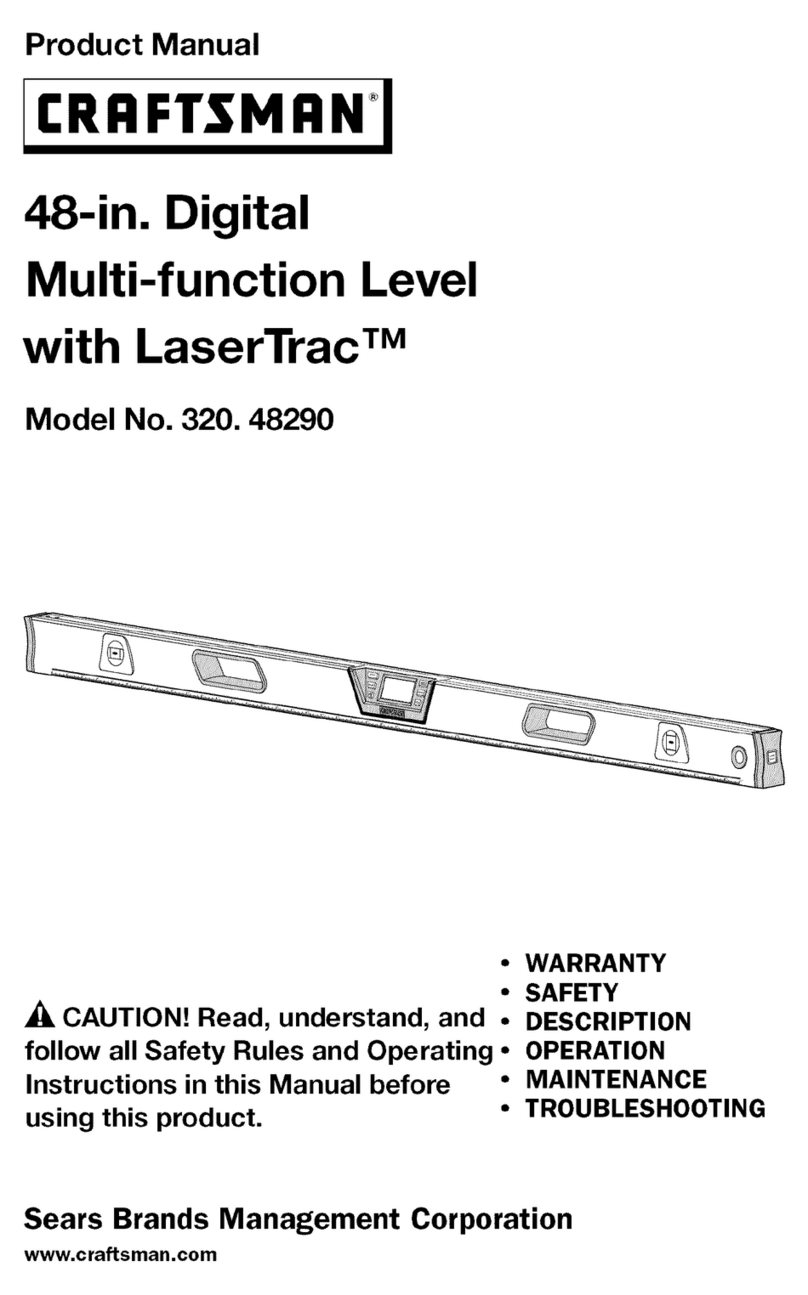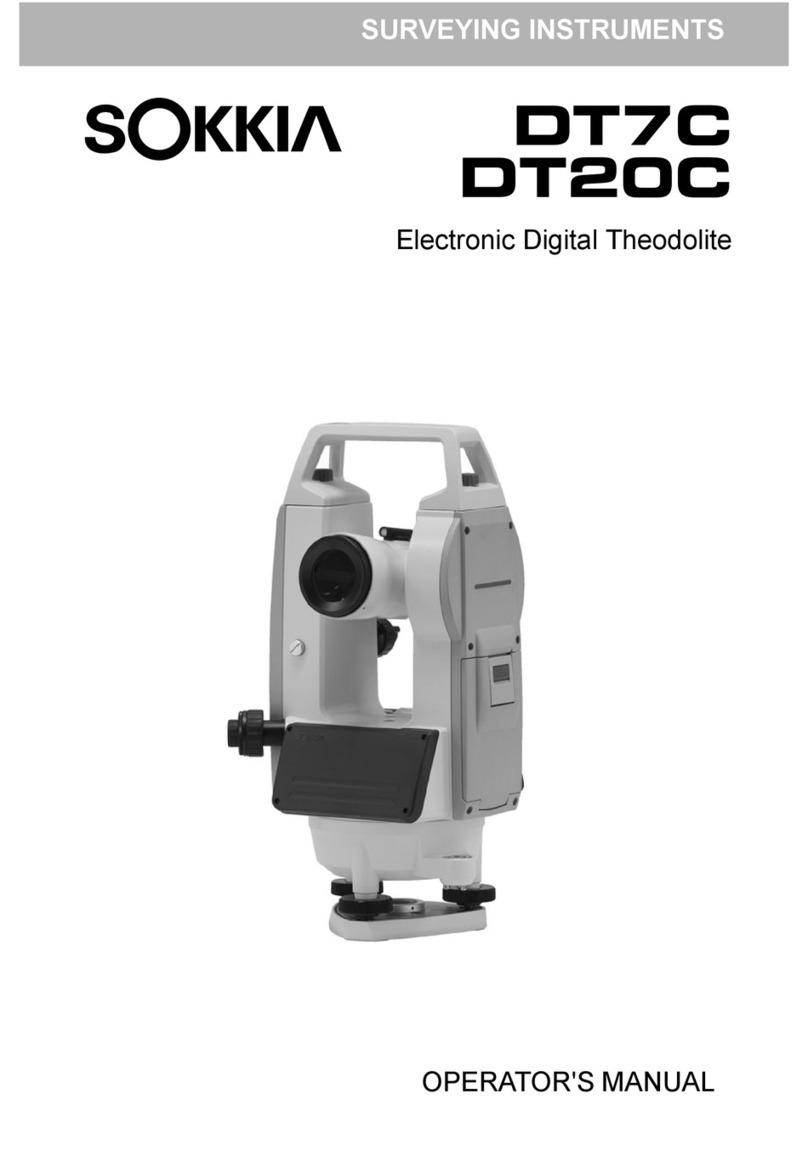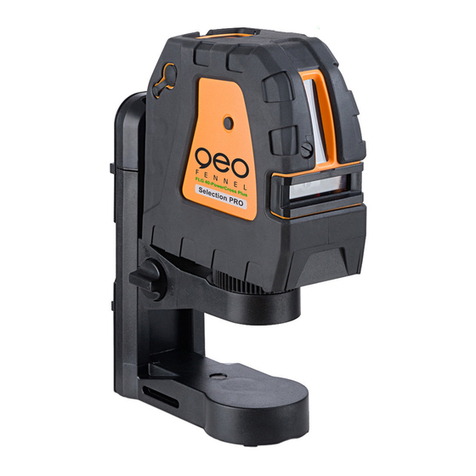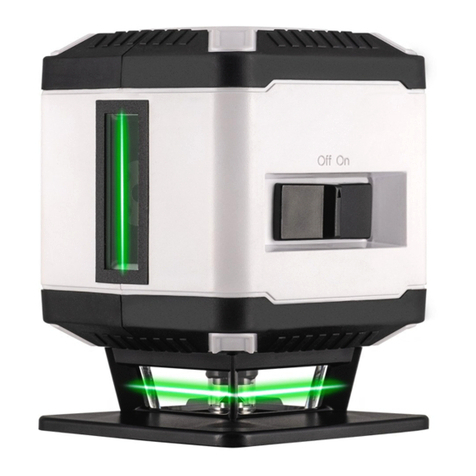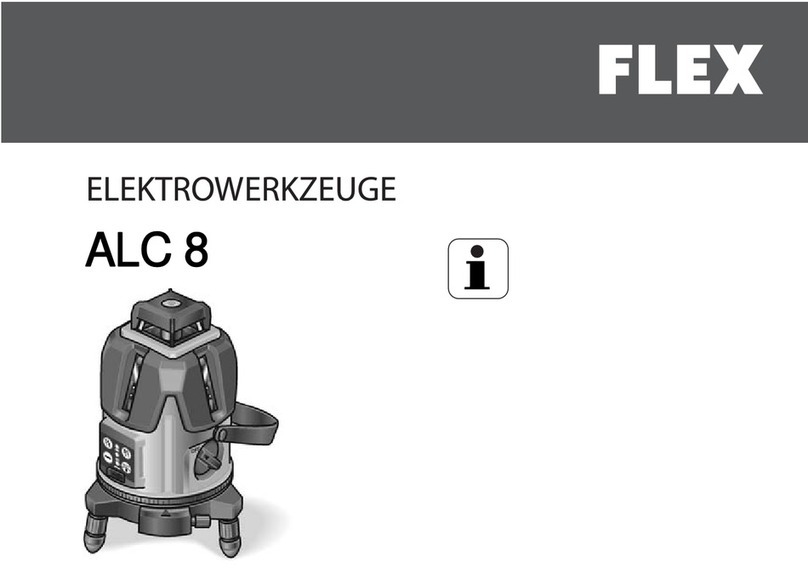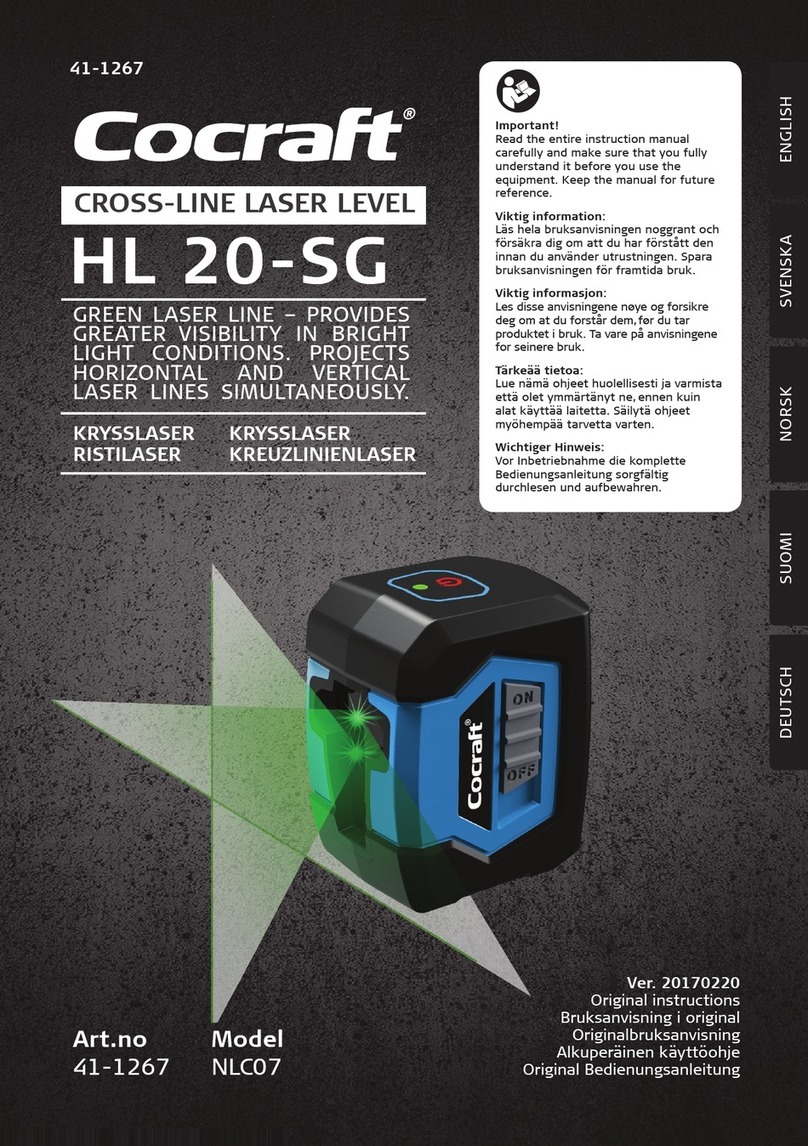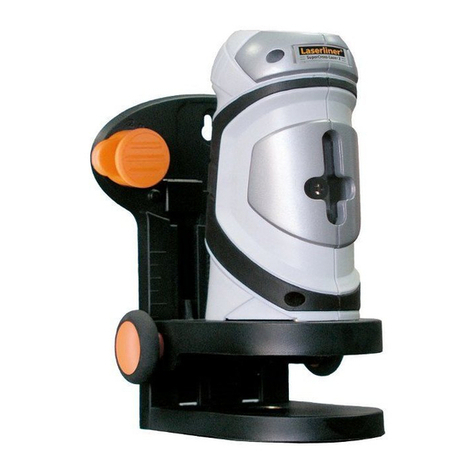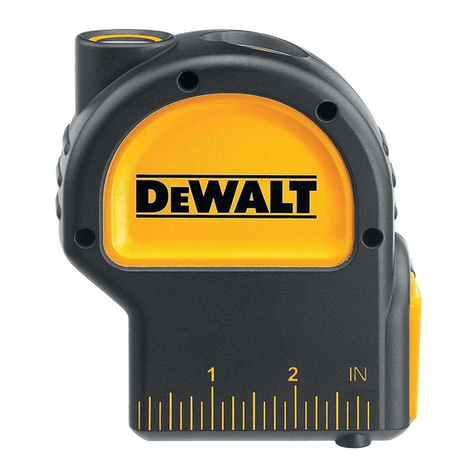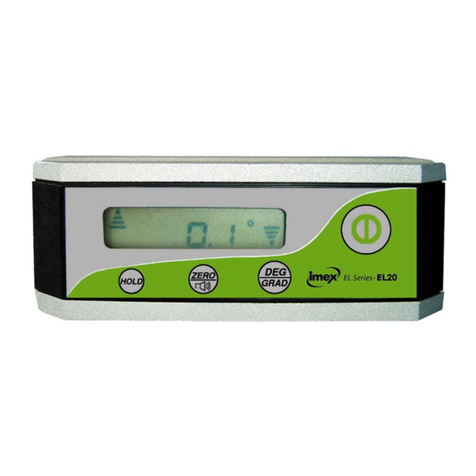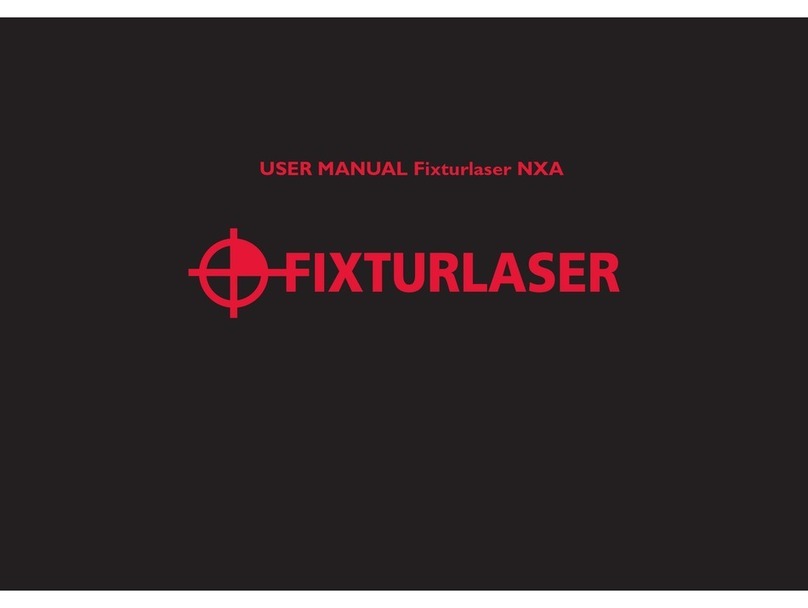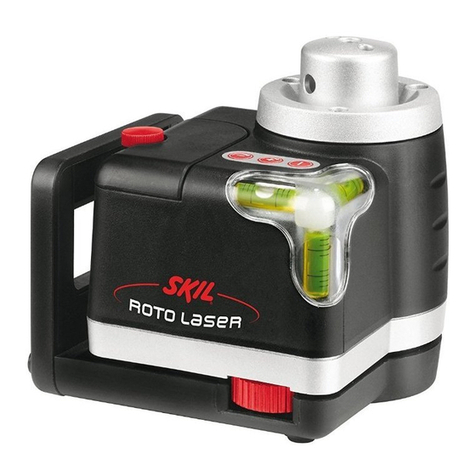
10
EFCC Statement
This equipment has been tested and found to comply
with the limits for a Class B digital device, pursuant
to part 15 of the FCC Rules. These limits are designed
to provide reasonable protection against harmful
interference in a residential installation. This equipment
generates, uses and can radiate radio frequency energy
and, if not installed and used in accordance with the
instructions, may cause harmful interference to radio
communications. However, there is no guarantee that
interference will not occur in a particular installation.
If this equipment does cause harmful interference to
radio or television reception, which can be determined by
turning the equipment off and on, the user is encouraged
to try to correct the interference by one or more of the
following measures:
- Reorient or relocate the receiving antenna.
- Increase the separation between the equipment and
receiver.
- Connect the equipment into an outlet on a different
circuit (not the circuit to which the receiver is
connected).
- Consult the dealer or an experienced radio/TV
technician for help.
Canada, Industry Canada (IC) Notices
This Device complies with Industry Canada License-
exempt RSS standard(s). Operation is subject to the
following two conditions: 1) this device may not cause
interference, and 2) this device must accept any
interference, including interference that may cause
undesired operation of the device.
Under Industry Canada regulations, this radio
transmitter may only operate using an antenna of a
type and maximum (or lesser) gain approved for the
transmitter by Industry Canada. To reduce potential radio
interference to other users, the antenna type and its gain
should be so chosen that the equivalent isotropically
radiated power (e.i.r.p.) is not more than that necessary
for successful communication.
Battery Safety
WARNING:
Batteries can explode, or leak, and can cause
injury or fire. To reduce this risk:
• Carefully follow all instructions and warnings on the
battery label and package.
• Always insert batteries correctly with regard to polarity
(+ and –), as marked on the battery and the
equipment.
• Do not short battery terminals.
• Do not charge disposable batteries.
• Do not mix old and new batteries. Replace all batteries
at the same time with new batteries of the same brand
and type.
• Remove dead batteries immediately and dispose of per
local codes.
• Do not dispose of batteries in fire.
• Keep batteries out of reach of children.
• Remove batteries when the device is not in use.
